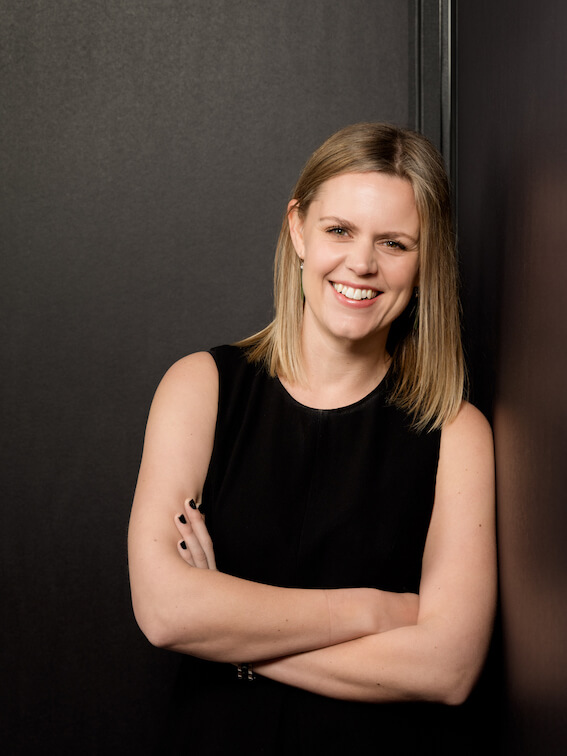Did you ever have career counselling at school?
The first question you were asked was probably something like "what are you good at?" or 'what are your strengths?"
If you're really lucky, they might even have asked what you enjoyed doing.
The logic was simple: you should focus your energy in areas where you've demonstrated some ability. You would be more likely to do well, particularly compared to areas you had mediocre or non-existent skills in.
If you went to said counsellor after 1980 you may also have received some encouragement to do things that you loved, or felt like your purpose, or celebrated how special you were.
Your high school careers counsellor was right on the money - capability-driven thinking is exactly what smart strategy is made of. Understanding and leveraging your distinctive capabilities to create value is the ticket to actionable, relevant strategy that works.
Strategy gets a bad rap, because we overcomplicate it. While we muck around worrying about what everyone else is doing, adding new workstreams and getting stressed out, the high performers are doing the opposite - zeroing in on key strengths and aligning their organisations with total clarity and simplicity.
My two cents: actionable strategy is all about knowing and leveraging the stuff you're awesome at (for me: spinning yarns, seeing the big picture, connecting the dots) and avoiding or outsourcing the other stuff (for me: process development, accounting and washing the car to achieve a streak-free finish.)
Strategy for organisational, customer and community success should be the same: do more of what makes you awesome, to make more impact.
What you already do best should be driving your strategic direction.
Paul Leinwand articulates this best, in his brilliant books The Essential Advantage and Strategy that Works. Leinwand's work on coherence research has found that organisations with a clearly defined, capability-driven MO consistently outperform those without one.
All decisions should reflect a strong and coherent organisational identity. Like the career counselling, once we know what we're all about and what we're good at, we can better decide how to achieve our goals.
In other words, when identity and strategy are neatly integrated, the chances of success shoot up. There's lots of reasons for this:
-
A clear identity drives internal engagement, productivity and culture improvements
-
A clear identity means we target and deploy resources more effectively
-
Capability-driven strategy makes strategic priorities easier to identify, increasing the chances of benefits realisation.
It's no surprise that organisations with a strong link between capability and strategy are three times as likely to report above-average revenue growth.
Establishing a strong identity is a critical component to the first pillar of actionable strategy - clarity.
In a recent survey, only 57% of senior leaders could describe a distinctive organisational identity. And only 26% thought that their employees would be able to do so.
This is troubling. If your people don't know what you're about, and their actions don't reflect that, there's little use trying to convince anyone else.Strategy is nice, action is better. If the people who are delivering services and interacting with your customers and community aren't supported and aligned with your identity, you won't make it over the bridge.
In Fusion, brand expert Denise Yohn outlines seven principles for building a killer brand. The first and number one principle? Great brands start inside.
The list of organisations that do this well is telling. Leinwand and Yohn list Apple, Ford, Pfizer, Coca Cola, Target, Walmart and Starbucks in their hall of fame for capability-based superstars - with their competitors trailing behind.
When everyone in your organisation can articulate what makes you different, and leadership consistently reinforces that message, strategy can cross the bridge over to action.
This means walking the talk, and driving the pillars of your strategy throughout your organisation before trying to market them elsewhere. It means expecting strategic priorities to be reflected in behaviours, processes, policies and budgets - and it means reviewing this regularly.
"We owe our shareholders, customers, and employees clear answers about why we exist and what we do every day to fulfil that purpose." - Paul Leinwand
HOW TO: FIND YOURSELF
FOR BEGINNERS
-
Define the three to six capabilities that set your organisation apart
-
Ask around to see how well staff can articulate the organisational identity
-
Review whether leadership is reinforcing key capabilities
-
Check whether strategy documents reflect capabilities.
FOR HIGH ACHIEVERS
-
Develop a focused strategy driven by key strengths and a coherent identity
-
Examine how key capabilities work together and find ways to integrate or leverage them more effectively
-
Change or remove processes, structures, operating models and service lines and activities that do not align with key capabilities.
 Alicia McKay
Alicia McKay